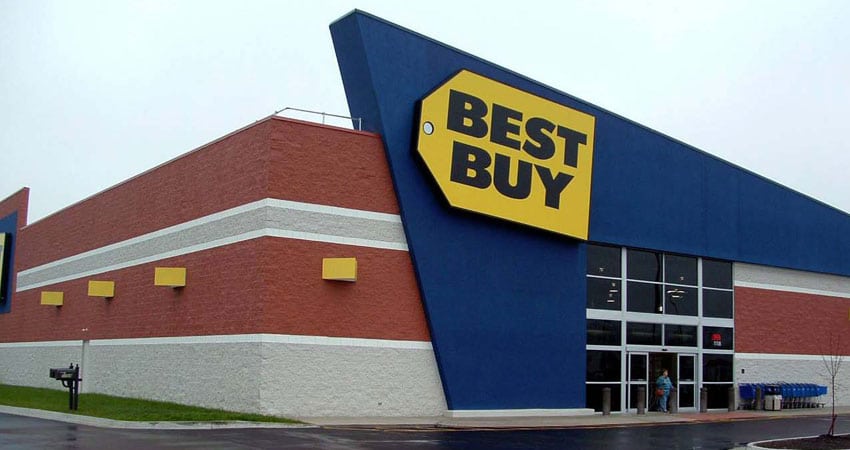With much of Best Buy’s great success in its 2017 fourth quarter and holiday season attributed to the strength of its omnichannel operations, vice president of supply chain Mark Irvin shared how his team helped make this a reality during a keynote session at Ecommerce Operations Summit 2018 in Columbus, OH.
“For years we’ve all said things like ‘omnichannel’ or ‘multichannel’ – the reality is we all stayed functionalized, but I can’t tell you the growth that happened at Best Buy in these channels,” said Irvin. “It forced us into a conversation when we started to realize no element of the supply chain could do it by itself.”
Irvin said Best Buy’s small-product fulfillment team, representing IT, retail partners, order management and many facets of fulfillment across the enterprise, came together on initiatives each planned to accomplish.
“As we started to engage with each other, we started to realize I had 100 things, somebody [else] had 100 things and we weren’t going to get those 100 things done unless we came together,” said Irvin. “Our team started to pull together really strong and began to look at inventory placement, stores and distribution centers (DCs) with an impetus on letting DCs do what they are great at.”
With DCs great at high volume for bulky products and stores great at the final mile, Best Buy started to think about leveraging the supply chain dynamically in a way that emphasizes what each network node is is great at.
“We saw some really powerful things going into the fourth quarter based on those conversations,” said Irvin.
Addressing year-to-year differences, Irvin said Best Buy realized after the fourth quarter of 2016 that it didn’t have the right partners in place from a de-consolidation standpoint.
“We actually had some visibility gaps upstream around product being able to get shipped and how we leave and arrive in ports,” said Irvin. “We went back to the drawing board in the supply chain team and really looked at additional partners that could play with us in the space of de-consolidation.”
Irvin said looking at different ports offered a much more balanced way to get products in. Best Buy enabled some tools that would give them much better visibility and flow paths, he said.
Irvin said Best Buy used demand planning to look at its DCs and where capacity constraints were coming from, leading his team to start thinking about how to optimize the flow of goods in the supply chain.
“I can tell you it was very detailed planning, and we saw the benefits this past year,” said Irvin.
The company has also improved its buy online pick up in store (BOPIS) program and is testing a new app feature that lets shoppers tell associates when they’re arrive to pick up a larger item, such as an appliance or flat screen TV.

